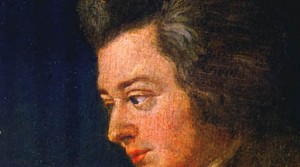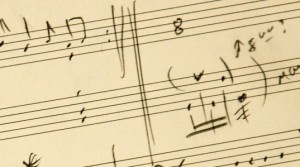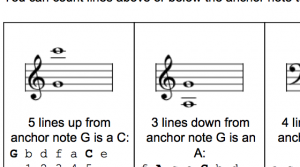This time last year I started a fabulous free online class called Write Like Mozart. This class is offered through the Coursera, a conglomeration of high quality online classes offered by major universities around the world. Write Like Mozart is taught by Peter Edwards of the National University of Singapore. The class is being offered again starting this week (January 13, 2015), and it is a great time to join in. Because the videos are all online and the assignments are not due until the following week, it is no problem to join the class late. I encourage anybody with at least a high school or College Freshman year understanding of music theory to partake.
As an educator, I found that the Write Like Mozart class offered me new ways of teaching music theory. Some of the key approaches within this course are:
- The theory is learned by composing.
- Harmonic possibilities are derived from variations on previously learned harmonic progressions.
- Increasingly complex harmonic progressions are derived from expansions of the more basic harmonic progressions.
- Significant time is spent on how to write keyboard accompaniment to melody.



